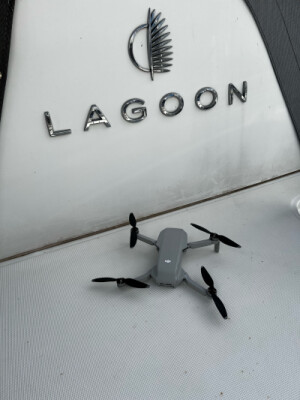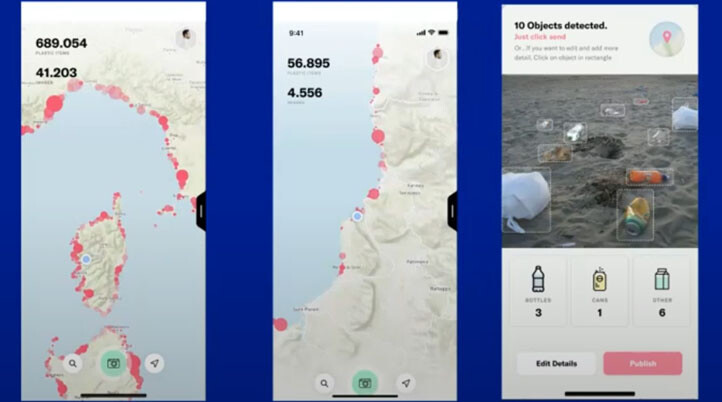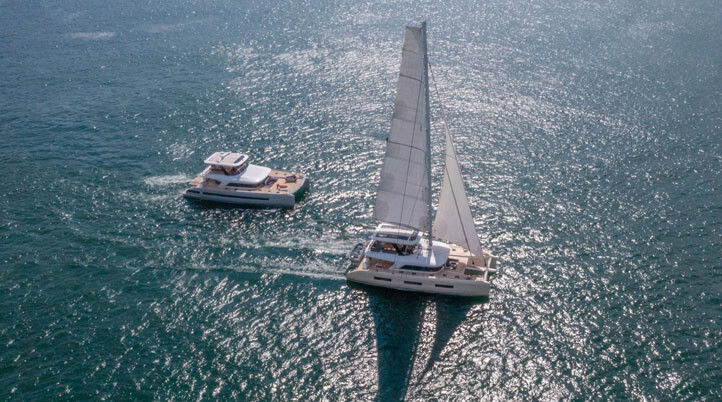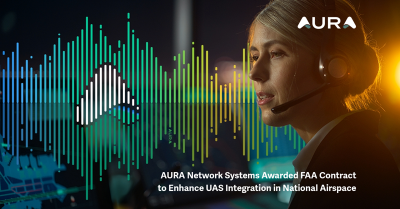After 2 years living on a sailboat in the Caribbeans and visiting 10,000 linear kilometers of coastline, Matt Cooper, an Airspace Engineer, got to visit some of the most “pristine, unusual, and beautiful parts of our planet”. However, along all the beaches and parts of the coastline he visited, he never found one which didn’t have any kind of plastic waste. With around 33,000 single-use plastic bottles entering our ocean every single minute and 300 million tons of plastic produced every year, at least 8 million tons end up in our oceans, making up 80% of all marine debris. To try and lower those numbers, Cooper founded AnimaMundi, a not-for-profit organization based in Geneva, Switzerland.
Engineer, got to visit some of the most “pristine, unusual, and beautiful parts of our planet”. However, along all the beaches and parts of the coastline he visited, he never found one which didn’t have any kind of plastic waste. With around 33,000 single-use plastic bottles entering our ocean every single minute and 300 million tons of plastic produced every year, at least 8 million tons end up in our oceans, making up 80% of all marine debris. To try and lower those numbers, Cooper founded AnimaMundi, a not-for-profit organization based in Geneva, Switzerland.
Although there are hundreds of players in the “stop the use of plastic” or the “find better ways to manage/recycle plastic” camps, Cooper found out that no one was measuring where and how much plastic washes up on our shores. With AnimaMundi, Cooper wants to build a global database that shows where the plastic waste problem resides along our coastlines, like “a map where you click on an island or click on a part of a coastline and see how much plastic waste is there”.
But how does AnimaMundi expect to collect all the necessary data to build a global database? While there already is a huge amount of existing historical data residing in the cloud that the organization can take advantage of to build its initial database, there’s still the need to collect recent photos of our coastlines’ current state to keep the information up to date. To achieve this, AnimaMundi integrated computer vision, artificial intelligence, and object recognition technologies into an app to build an automated process that counts the number of plastic bottles in a given photograph. By taking a photo through the app, AnimaMundi’s database updates in real-time, showing how much and where the waste is on their map.

Back in January 2021, Cooper made a presentation about AnimaMundi, where he mentioned that, in Phase 2 of the launch process, the organization would start looking into the 40M people on boats in the Mediterranean in any given year and the hundreds of millions of people that visit beaches on holidays which could help it to scale very quickly. Another subject of importance for Phase 2 was the use of aircraft, satellites, and lidar cameras together with drones, to measure microplastics that are in suspension in the water and washing up onto the beaches to understand where the biggest problems lie.
Now, AnimaMundi is reaching Phase 2 through a partnership with DJI and Lagoon. As a world leader in the sailing catamaran market and partner of the Atlantic Rally for Cruisers (ARC) since 2005, Lagoon is encouraging catamaran owners to sign up to AnimaMundi’s program initially targeting the Caribbean islands. With drones provided by DJI, Lagoon owners will help AnimaMundi to collect the needed information for those involved in ocean health projects enabling results-driven, measurable impact for the many investments made.
“Lagoon is proud to be partnering with AnimaMundi in this exciting data collection initiative using our ‘Club Lagoon’ as part of the solution,” Thomas Gailly, Lagoon Brand Director, commented. “We have over 6,000 of our catamarans sailing around the world and we can feel that our customers are more and more willing to play a role in such initiatives. It’s stimulating to think that the Lagoon owner’s community could be involved in capturing this much-needed data in a highly efficient way. This partnership is the perfect complement to our own policy of respect for the environment and all the work undertaken to reduce the environmental impact of our activities.”
AnimaMundi is currently supporting data sharing projects with the International Union for Conservation of Nature (IUCN) and its Plastic Waste Free Islands (PWFI) initiative to generate total island coastal plastic waste profiles weekly covering Grenada, St Lucia, Antigua & Barbuda.















Comments